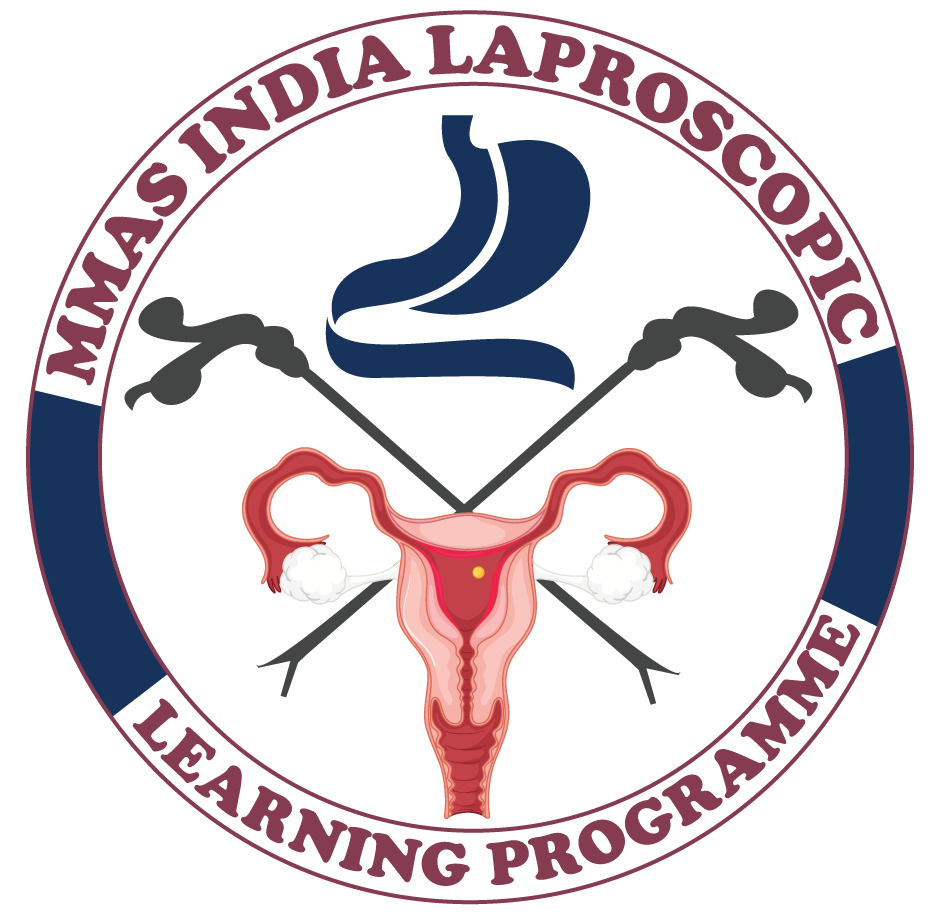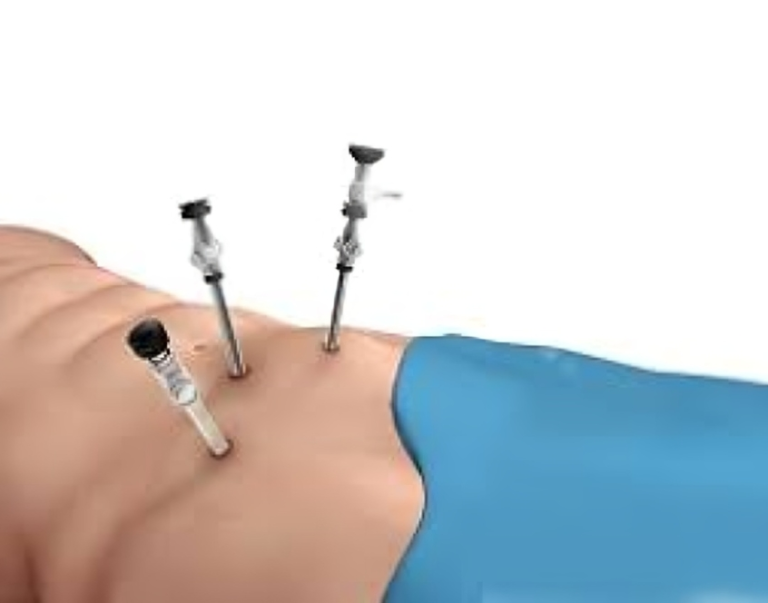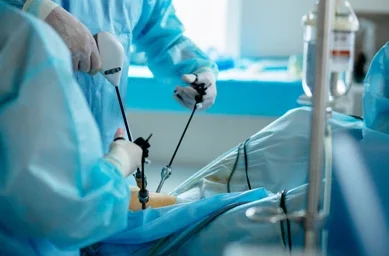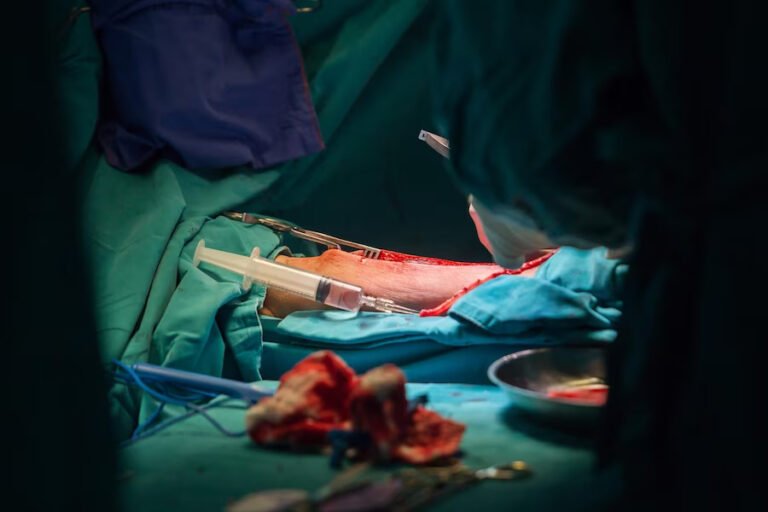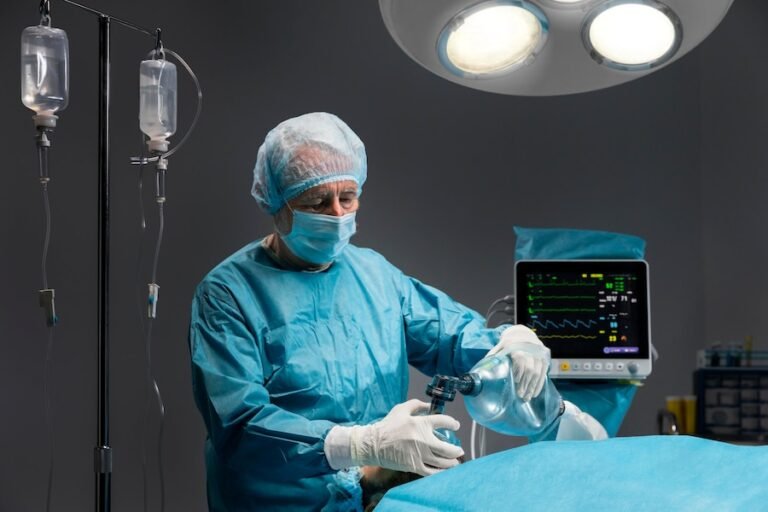Laparoscopic Cholecystectomy Revolutionizing Gallbladder Removal with Minimally Invasive Precision.
Laparoscopic cholecystectomy, a groundbreaking surgical technique, has transformed the landscape of gallbladder removal. Gone are the days of traditional open surgeries with large incisions; laparoscopic cholecystectomy offers a minimally invasive approach that significantly reduces recovery times and postoperative discomfort. In this article, we will explore the key aspects of laparoscopic cholecystectomy, its benefits, and the advancements that have revolutionized the field of gallbladder surgery.
To know more about it please click here
Understanding Laparoscopic Cholecystectomy
Gallbladder removal, or cholecystectomy, is a common surgical procedure often necessary to alleviate symptoms caused by gallstones or other gallbladder-related conditions. Laparoscopic cholecystectomy involves the use of a laparoscope, a slender tube equipped with a camera and specialized instruments, to remove the gallbladder through small incisions.
Key Steps in Laparoscopic Cholecystectomy
- Anesthesia and Incisions:
- The patient is placed under general anesthesia to ensure comfort and unconsciousness during the procedure.
- Instead of a large incision, the surgeon makes several small incisions, usually less than an inch in length.
- Insertion of the Laparoscope:
- A laparoscope is inserted through one of the incisions, providing a high-definition view of the abdominal cavity on a monitor.
- Creation of Working Space:
- Carbon dioxide gas is introduced to inflate the abdominal cavity, creating a workspace for the surgeon to operate.
- Placement of Additional Instruments:
- Additional small incisions are made to accommodate specialized instruments used for grasping, cutting, and coagulating tissues.
- Gallbladder Dissection and Removal:
- The surgeon carefully dissects the gallbladder from its attachments, ensuring minimal trauma to surrounding tissues.
- The gallbladder is then extracted through one of the small incisions.
- Closure of Incisions:
- The small incisions are closed with sutures or adhesive strips, leaving minimal scarring.
Benefits of Laparoscopic Cholecystectomy
- Minimally Invasive:
- Unlike traditional open surgery, laparoscopic cholecystectomy requires only small incisions, reducing trauma to the abdominal muscles and tissues.
- Quicker Recovery:
- Patients typically experience less pain and a faster recovery compared to open surgery, enabling a quicker return to normal activities.
- Reduced Scarring:
- The small incisions result in minimal scarring, providing a more cosmetically appealing outcome for patients.
- Lower Risk of Infection:
- The smaller incisions decrease the risk of infection and postoperative complications.
- Shorter Hospital Stay:
- Laparoscopic cholecystectomy is often performed as an outpatient procedure, allowing patients to go home on the same day in many cases.
Advancements in Laparoscopic Cholecystectomy
- Robotic-Assisted Surgery:
- The use of robotic systems enhances the precision and dexterity of surgeons during laparoscopic cholecystectomy, further refining the minimally invasive approach.
- Improved Imaging Technology:
- High-definition laparoscopes and advanced imaging systems provide surgeons with clearer visuals, aiding in more precise and efficient procedures.
Conclusion
Laparoscopic cholecystectomy has revolutionized gallbladder removal, offering patients a safer and more comfortable alternative to traditional open surgery. As technological advancements continue to enhance the capabilities of minimally invasive techniques, the future of gallbladder surgery looks promising. This groundbreaking approach underscores the importance of innovation in surgical practices, ultimately benefiting patients by reducing recovery times, minimizing scarring, and optimizing overall surgical outcomes.
